Artificial light for chickens
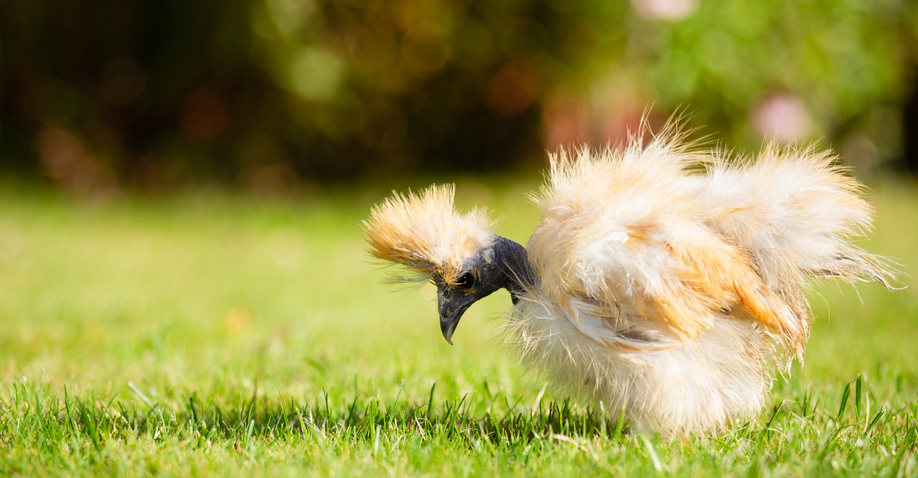
Adding extra hours of artificial light in the chicken coop is not necessary but if done carefully it can extend you egg production in the winter months.
Table of Contents
- Do your chickens need extra artificial light?
- What kind of lights should you use for chickens?
- Is artificial light good for the hens or will it hurt them?
- Have your chickens stopped laying because of the short days of winter?
- How do you add supplemental light?
- Safety precautions for additional lights in chicken coops:
- When should the lights be turned on?
- How much light do you need in the coop?
- What type of lights do I need for chickens?
- How long should chicken lights be on for?
- What are the alternatives to adding extra light?
- Do you have to give extra light to chickens?
Do your chickens need extra artificial light?
Extra light can be used to extend the season by keeping them laying for a few weeks or to bring chickens into lay early in the year. It should never be used to try to keep hens laying all the time without a break as this won't do them any good at all. It should only be used on happy well fed birds that are fully acclimatised.
It is possible to give artificial light to laying birds to trick their brains and bodies into continuing to lay into the darker months or to bring young birds into lay in November to provide winter eggs.
Below: Winter is cold and dark and chickens tend to stop laying.
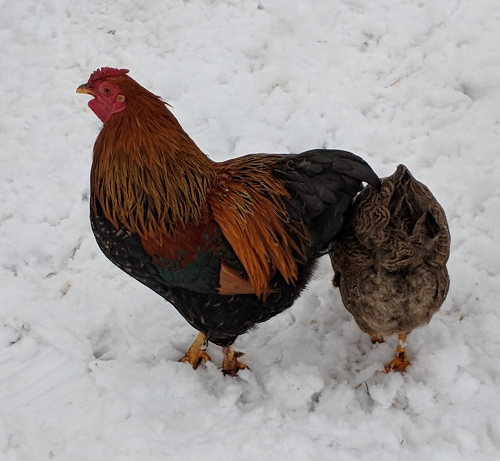
Adding supplemental lighting in the hen house for your chickens is nothing more than tricking their bodies into laying on a continuous basis as they have been doing throughout the spring and summer months.
What colour lights should you use for chickens?
The best light bulbs to use for chickens are between red and warm white, any bulb between 2000 K and 3000 K on the colour temperature spectrum will be good. It is also best to have 2 or three lower wattage bulbs than 1 really bright one.
You will know if you have enough light in the chicken coop if you are able to read without struggling.
You can use LED lights for chickens but do not choose the ultra bright spotlights or colours that are too white or blue.
On the most simple level, stimulating a chickens pituitary gland with light produces a hormone that will be carried via the bloodstream to the ovaries which sets egg production cycle in motion.
Below: Red and white light bulbs used together to light a chicken coop.
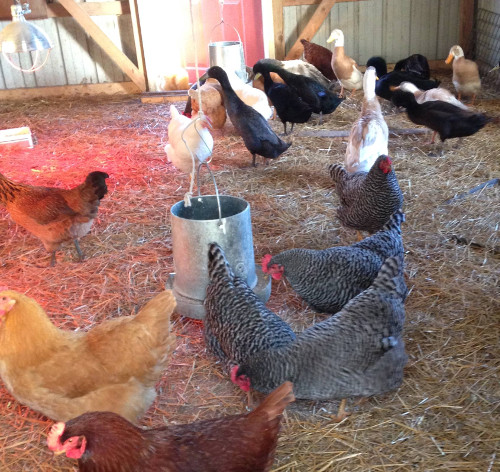
This is especially true if you keep rare or heritage breed, if however you raise the hybrid or sex link strains of chicken you may notice that your chickens will continue to lay fairly well but at a lower rate.
I have had better success using light to bring birds into lay early as opposed to trying to keep them laying at the end of the season. This way they have had their rest and changed their feathers with the moult and are ready, they just need a few hours more light.
Is artificial light good for the hens or will it hurt them?
On the whole adding artificial light to chickens to keep them laying beyond their natural cycle is detrimental to their long term health and will result in more abnormal eggs.
How does adding light affect the hens. I know a lot of backyard chicken keepers who worry about whether they should use supplemental light to keep the hens laying or bring them into lay early.
You may have heard about chickens kept in the commercial environment where they are under 16 hours of light every day for their short 80 week laying cycle before being disposed off.
Below: A commercial barn with supplemental lights.
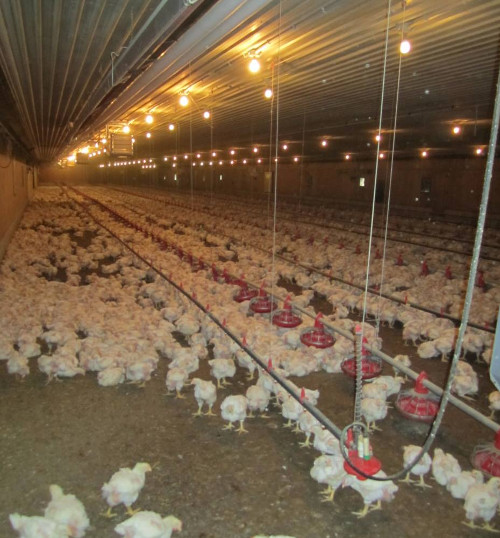
As part of their natural cycle the stop laying for a few months and change their feathers. With this in mind the idea behind adding extra hours of light is not to keep your hens permanently in lay.
Initially I was worried about adding light, I use added artificial light to bring younger birds into lay early to provide me with winter eggs and then these chickens are allowed to finish the year naturally so as there is no undue stress on their bodies.
As hens are born with all of the eggs she can produce in her life already inside her, if you intend to keep your hens for their entire life then you aren’t gaining anything in the long run by providing extra light for them but you will be able to get a supply of eggs during the winter months.
As with most interventions, as long as you do not over do it the chickens will be fine.
Have your chickens stopped laying because of the short days of winter?
This is a problem for the average backyard keeper in the more northern or southern areas of the planet where the day lengths alter considerably over the seasons. Where I live in the north of England we can have as little as 6 hours of daylight in winter. Sometimes if the weather is really bad it can be less.
Supplemental light won't help a chicken that has stopped laying for other reasons.
I keep a French meat chicken called La Bresse Gauloise and it is the most seasonal layer of any chicken I have ever seen, It lays and egg a day from March to September and then just stops like someone flipped a switch.
So it might be time to add some supplemental lights for the hens. It is a well known fact that as the daylight hours get shorter in the fall and winter months adding artificial lighting can keep your chickens laying or bring birds back into lay.
As the days get shorter you will notice a considerable drop in your egg production from your flock of chickens. You will notice that your hens that are only kept under natural daylight hours will lay the majority of their eggs during the spring and summer months and pure breeds tend to stop laying during the winter months.
How do you add supplemental light?
You must always add supplemental light in the morning to get the chickens up, never in the evening to keep them up. When it turns off they will be left on the floor and this is stressful for chickens who normally perch.
A good sufficient amount of daylight for your hens to continue laying at a fair rate is more than 12 hours.
Below: Typical bulbs and holders used in coop lighting.
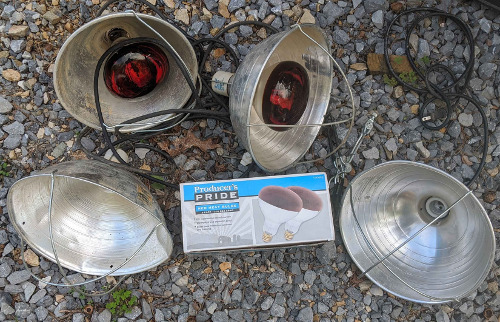
I like to use a timer myself when adding light in the hen house for my laying hens. I will make sure the light comes on at an early morning time, around 3 am to make sure that the laying hens get 12+ hours of daylight before dark of night sets back in.
You can put together a simple system yourself or buy one like this.
Safety precautions for additional lights in chicken coops:
- Make sure the bulbs are dry and can not get wet.
- They must be well attached and secure.
- Out of reach of the hens so they do not try and roost of the wire or fly into them.
- A sensible distance from anything flammable.
When should the lights be turned on?
I have the timer turn the light on before sunrise instead of leaving it on all night or right before they go to bed. I want the day to be as normal as possible for the chickens so adding the light in the mornings instead of at night before they are ready to roost, ensures that my chickens aren’t suddenly caught out in the dark when the timer switches the light off.
This leaves the chickens out in the dark not having gone through the natural roosting process. I really feel that roosting allows the hens to get a good natural rest, this is key and very important to this whole process.
Make sure you keep the lighting added to their mornings to keep their daylight hours constant to prevent your chickens from going into moult, or a decrease in production once again.
Stability and routine is important.
How much light do you need in the coop?
Not very much. A single standard 40 Watt bulb is a good starting point and you can use red light. It does not need to be a bright bulb inside the chicken coop for illumination.
If you open the door in the morning when the light is on and can just clearly see the hens feeding then that will be just fine. Alternatively if you can read comfortably then the light level is good.
Below: A fluorescent strip light is OK but a little bright.
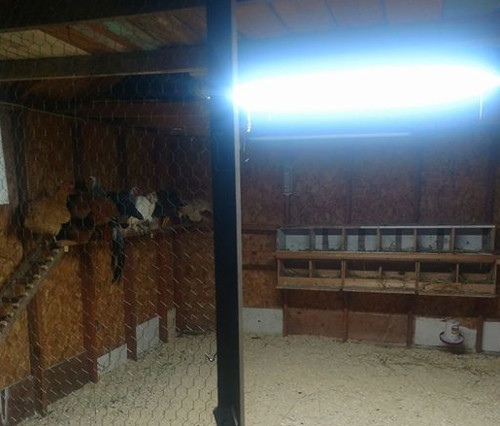
I usually just use a soft white or red 40 to 60 watt bulbs depending on the size of the coop. I find this is sufficient for good continuous laying of eggs.
What type of lights do I need for chickens?
The ideal light is one that mimics the dawn, a soft pale yellow. The more yellow or red in the light the better and use more smaller bulbs than 1 really bright one.
Avoid anything harsh and too bright. LED lights are good as they are energy efficient but avoid the really bright high powered ones.
Lights not to use for chickens:
- Really bright lights like mercury vapour and really bright LED lamps.
- Sodium vapour lamps run very hot.
- Very hot bulbs. Mercury vapour is hot and too bright and fire risk.
- Strip lights, fluorescent and those which bulbs are poisonous when broken.
How long should chicken lights be on for?
You need to give the birds at least 12 hours of light in total for them to get into full lay. So in my example of having a minimum of 6 hours of natural daylight I need to add 7 hours in the morning to make sure they are getting more than 12.
My chickens roost naturally between 3 and 5 in the afternoon and are sometimes not up until 9 am. The actual times vary depending on conditions.
I set the light to come on at 3 am in the morning. This means that they get at least 12 hours off the perch, eating and moving around.
What are the alternatives to adding extra light?
Are there any alternate ways to get a supply of eggs in winter? Other than buying them at the store.
It may be that you just can not add any light as your coop is remote or off grid or you just haven't got the resources.
Here are a few things you can do for winter eggs with supplemental lighting in the coop:
- Get a breed known for winter laying ability like the Barnevelder.
- Wake you hens up first thing in the morning before sunrise with lamp light and warm mash or warm boiled wheat.
- Get commercial laying breeds, they have a longer laying season and shorter break for the moult.
Do you have to give extra light to chickens?
Only if you have less than 6 hours daylight for extended periods of time, like the far north or south where the sun may not even rise at all for weeks.
I only ever light a few laying hens early in the season and I am well aware that some feel it is more natural for them to live as nature intended. It may not be worth the cost of lighting their houses.
Keeping hens in Canada for example is much further North than the warm tropics where they are found wild so the keeping chickens naturally debate falls down a little here.
As to whether or not providing extra light is healthy for them seems to be a matter that is up for debate. It might unfair forcing hens to lay for longer than they would without the extra light, however there are hens living near the equator that don’t have the winter darkness at all.
I would avoid hatching eggs produced by this method.
